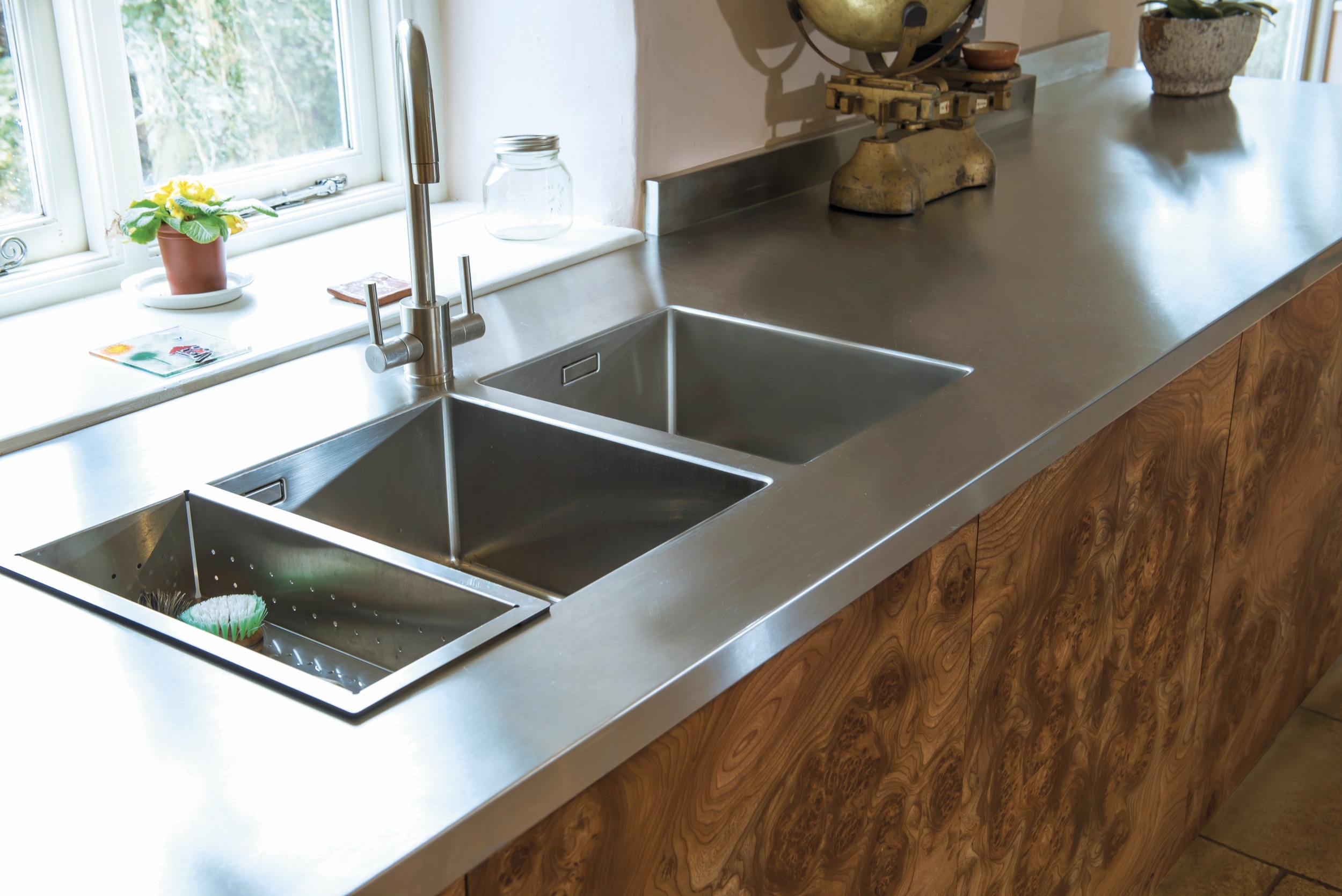What’s the best worktop material for you?
Although you probably want it to look good, your worktop is not there for aesthetic reasons only – It’s an essential element in your new kitchen. It has to work hard to keep your kitchen working fluidly. But there are so many choices when it comes to your worktop material that you’re likely to need a little reminder or the pros and cons of each before you make this all-important decision.
Wood
A beautiful, timeless and robust material, and a good place to start. With a plethora of options, from oak and maple to walnut and iroko – each one bringing its own brand of warmth and texture into your kitchen – you can’t go far wrong with wood. If you’re prepared to do some maintenance to keep it looking good, that is. Iroko, a hardwood with a high oil content, is a good choice for a kitchen worktop and is becoming increasingly popular due to its beauty and its closed grain. The problem with wood is that it will need plenty of TLC, but it is worth it for the warming effect it has on the kitchen.
Granite
Granite in the kitchen is like having a piece of geological prehistory in your home. It is formed over millions of years by natural minerals, so each piece is unique. This makes it one of the most versatile worktop options, with many style and colour options to choose from, and many shade, pattern, polished or honed finishes available. This means that you’ll find one to suit any kitchen, whether contemporary, modern or traditional.
With granite being a natural stone, it lends a quality look and feel to your kitchen. It’s very tough, and resistant to heat, but it is porous, some types more than others and may need to be sealed. It’s also very heavy, so it needs cabinets that will support its weight.
Concrete
A versatile material that can be shaped to run around pillars or form sinks, a concrete work surface is very up-to-the-minute and gives that contemporary industrial vibe. This would be the main reason for choosing it because it isn’t as robust as some other materials. It stains easily and needs to be treated regularly. Also, it takes a couple of weeks to set and be ready to use, so avoid if you’re desperate to start strutting your culinary stuff.
Marble
There’s nothing like the beauty of marble in your kitchen for giving it the wow factor. This luxurious surface not only looks gorgeous but, being a cold, hard surface it’s good for food preparation too. Each piece of marble is unique and it comes in a vast range of patterns and colours. However, besides the fact that it is costly, the disadvantages are that it can stain easily, is easily scratched and is not repairable.
Engineered stone
Engineered stone is made from crushed quartz mixed and resin. It comes in many colours and a huge range of finishes. This robust material is much tougher than granite and is non-porous, it’s low maintenance, and stain and chip resistant but it can be burned so hot pans are a no-no, and it’s not repairable.
Stainless steel
It’s the professional cook’s choice for good reason – its robustness. It won’t stain and can be formed into any shape and size with integrated sinks and splashbacks. However, it’s not indestructible - it does show grease and fingermarks, and it does wear, scratch and become patinated. That said, it looks great. An added benefit – it lets your visitors think you’re a budding Masterchef, even if you find beans-on-toast a challenge!
Other options…
Copper warms up a cool kitchen space but as it’s a living material, it will naturally react to substances and develop a patina. Glass, on the other hand, is strong, easy to maintain and is fairly scratch-proof, stain proof and waterproof. If the budget is tight, laminate is a good option. Yes, seriously! It has come far in the last decade and can now realistically mimic other materials, including wood and granite. However, it can be damaged easily and is unrepairable if it’s damaged.
Solid surface is a manmade product, usually made from a mix of minerals and resin and includes Corian and Hi-Macs. Each provides a durable surface in a plethora of colours, is ultra-waterproof, very robust, hygienic and easy to care for and can be formed into any shape. However, scratches can show, and it can discolour or crack.
New materials such as Dekton is created from a blend of the raw materials to produce the latest glass and porcelain as well as high-quality quartz work surfaces. It is super-durable. And now, also becoming popular are Ceramic worktops, which are highly heat resistant and scratch-resistant. They come in various colours, including copper and concrete effect. Ceramic is durable, yet it’s slimmer than some other surfaces and can crack.
Can’t decide on the best material? You don’t have to stick to one. The clients who commissioned us to create the Middletown Pink Lady kitchen decided that different areas of the kitchen demanded different worktops. Treated elm was used to create one unique worktop; complete with a surfeit of natural imperfections. This was paired, to stunning effect, with the more practical stainless-steel counter top – A fine example of where two different materials can work together to create a beautiful kitchen that provides both practicality and beauty.
It’s not an easy decision to make – there are pros and cons to each material. Whichever worktop material you choose will depend on how you use it and therefore how robust you need it to be. But it’s also important to consider how you want the overall effect to look, and of course how much you’re prepared to look after it. If you know the answers to these important questions, then the perfect option for you should be easy to determine.




